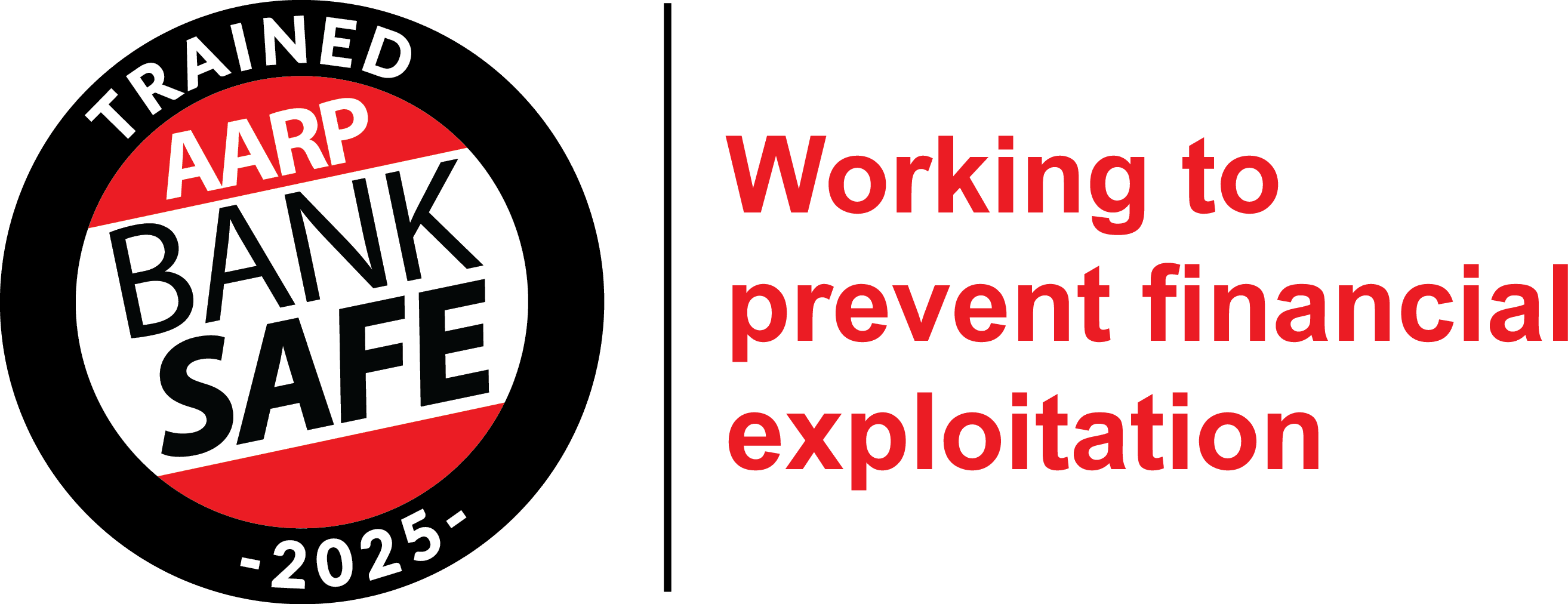Trust your intuition before falling victim. One member was recently scammed out of tens of thousands of dollars.
We have been informed that one of our members was recently targeted in a phishing attack and was scammed out of tens of thousands of dollars between multiple accounts with two local financial institutions. This member received an email from Norton regarding a balance of $442 due for anti-virus software. Rather than clicking the link, she called the phone number included in the email. Using caution before clicking links is always recommended, however, the phone number given in the email was manned by the scammers.
These scam artists convinced her to initially pay $9,000. They continued to communicate with her and scammed her out of an additional $46,500. Because she provided her home address, they showed up at her home address to collect money. Feeling confident she had fallen victim to a scam, she contacted us for assistance. After an event like this occurs, the first step we take is to close the account and open a new one. Local and Federal agencies were immediately notified and are working on the case.
Trust your intuition if something feels wrong or doesn’t add up and be cautious to provide personal information. Please keep an eye out for any signs of a phishing attack.
The FBI estimates more than $34 billion has been lost within the last five years from Internet scams. Most of these crimes are phishing attacks.
Typically, you’ll receive an email that appears to come from a trusted, well-known company. The email will most likely warn you of a serious problem needing immediate attention. It will then encourage you to click a link to visit the company’s website.
In a phishing scam, you might be directed to a fake website that looks exactly like the real thing. You might be asked to update your account information or provide details for verification purposes, such as you social security number, account number, or password.
If you provide any of this information, you might be a victim of identity theft. Here are a few ways to protect yourself:
- Never provide sensitive information in response to an unsolicited request. This could be over the phone, on the Internet, or via email. If you did not initiate the communication, you should not provide any information.
- If you believe the attempt might be legitimate, contact the company yourself. You can find phone numbers and website information online using a trusted search engine.
- Never provide your password over the phone or in response to an unsolicited email. A financial institution will never ask you to verify your account information online, but thieves with your account number can use this to log into your account using the password provided.
- Review account statements regularly to ensure all charges are correct. If you haven’t received an expected account statement, contact your financial institution to find out why.
If you do become a victim of a phishing attack, contact your financial institution and the police immediately.





